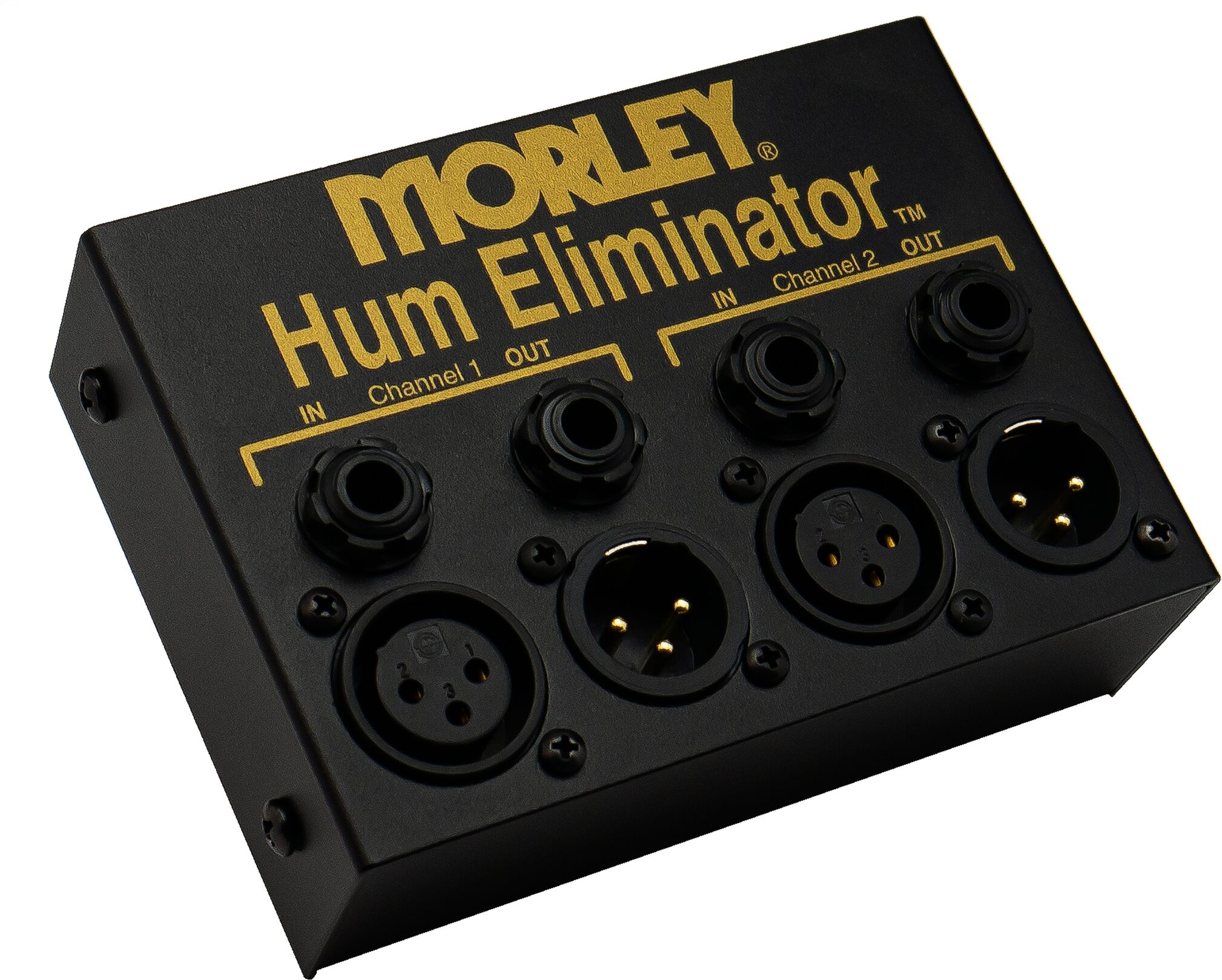


In practice, it means the longer your guitar cable, the more treble you lose. So how can you and your guitar remain in close proximity to your speakers and studio gear when the amp is in another room? Using a very long guitar cable is the obvious answer, but there can be sonic drawbacks.Īll instrument cables are inherently capacitive and the longer the cable, the more capacitive it will be. When you’re recording yourself, you have to operate your computer and any outboard sound processing equipment in addition to playing your guitar. Doing so, however, does have some drawbacks. You may not be able to achieve perfect isolation, but if you can place your amp in a different room and shut all the doors in between, it should be sufficient. In short, the solution is to put some physical distance between your amp and your listening room. We all recognise that optimising your guitar tone traditionally depends on turning your amp up high enough to hit the sweet spot, so you have to find ways to work around this volume imbalance. You touch on the fundamental issue in your question. READ MORE: Guitar Recording FAQ: How do I mic my guitar amplifier?.Fortunately, there are ways to work around it. It can be difficult enough in professional studios but it poses even greater challenges when you’re trying to record at home.

This is a perennial problem for anybody who is trying to record themselves. I’d prefer to record through my amp, but how can I hear the sound I’m getting when the amp is louder than my monitor speakers? Marc, Maidstone


 0 kommentar(er)
0 kommentar(er)
